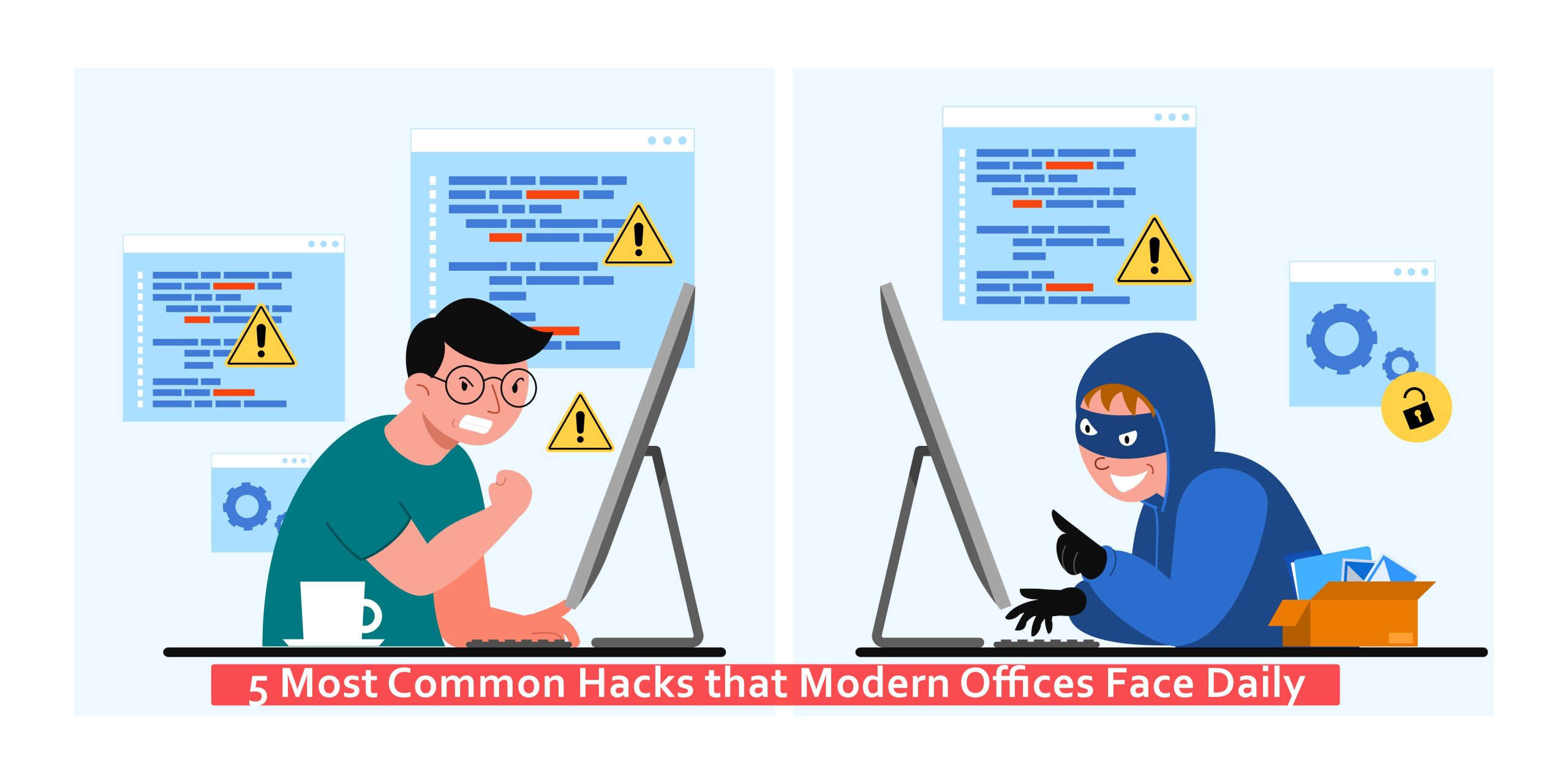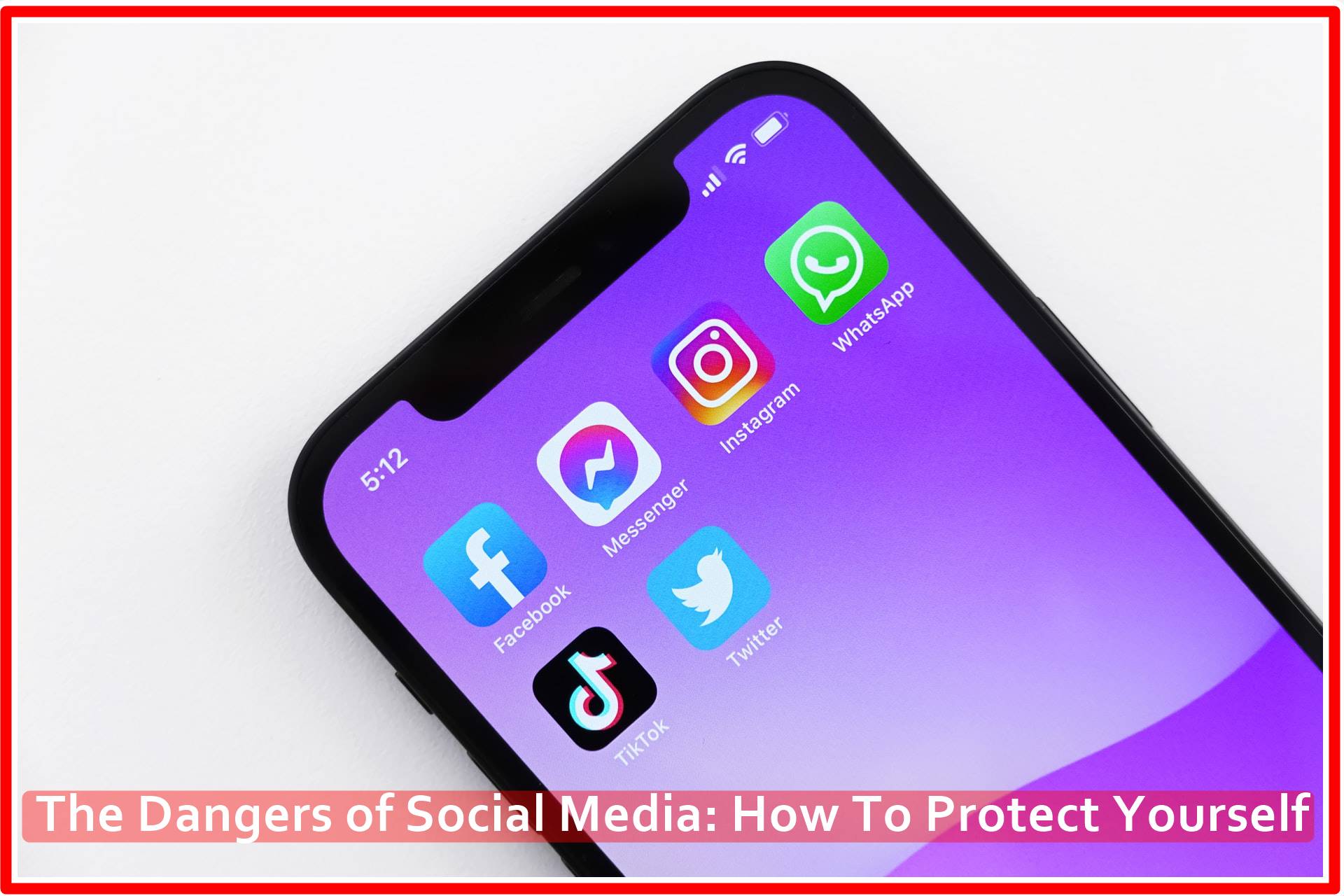Work at the office is usually calm and steady until you get the message on the computer that your system has been hacked. How are you going to tell your boss? Was it your fault? Did you do something wrong? It doesn’t matter; the important thing is that the entire company is in danger.
These days, corporate hacks are a regular thing, and no matter how strong your antivirus and anti-malware software is, you’ll always see hackers trying to get inside the system. No software can help you in these situations, and only hiring professional IT help can make a difference.
In this article, we share the five most common modern ways hackers are trying to intrude. Some are serious and highly successful, while others are easily preventable if you have the right people behind you. Read on and see what they are.
1. DDoS attacks
DDoS attacks are the classic in hacking. DDoS stands for Distributed Denial of Service and is a way for hackers to send tons of data packages to a particular server only to disrupt them and prevent them from working. This attack is most commonly used by hackers that want to interrupt someone’s existence online.
Unless prevented or responded to, these attacks can go on forever, completely putting a particular website or network out of reach. If your company is a target of a DDoS attack, professional IT experts need to block the incoming addresses until the problem is overcome.
2. Impersonating a member of the team
You receive an email from your boss asking for some vital information, and as bosses are usually, you rush to send this data back. You end up sending information to a hacker who only impersonated your boss, and you made a terrible mistake.
These messages constantly circle office computers by hackers that spend a lot of time on social media, especially LinkedIn, looking for info on the people running these companies. It’s easy to see who’s working in a particular company on LinkedIn, so impersonating your boss is easily done.
Make sure you check any email coming from a new address before replying. Check the content you’re sending, especially if it is essential data that may hurt the company. These guys are often really good and won’t even make you question the truth behind the email. This is also known as phishing.
3. Malware installation inside the network
Have you ever received a USB stick at a conference or other business events? Sure you have. You open it, and there are a few files about the presentation you were listening to or some other stuff, but you don’t know that you already installed an invisible malware in your office computer.
This malware’s job is to do something for the hacker who created it. It may be collecting data and sending it to another location, destroying some parts of the network, searching for a particular file, deleting it, and many other things. In all cases, the right malware can destroy your company’s network, so be careful what you place inside the computer.
4. Man in the middle scheme
Although most communication software and apps today are end-to-end encrypted, there are still those old-fashioned bosses who will make their employees communicate on outdated programs just because they feel most comfortable using them.
This is an excellent way for capable hackers to intercept the communication and draw valuable information. You did nothing wrong, but the competitors now know what you’ll do next, and they are a step ahead in their marketing and production efforts.
5. Drive-by download attack
Imagine a hacker wants to know what we’re doing. How often you’re using one website for your business needs? As content creators, we often use pages like Grammarly or plagiarism checkers. They know we use these pages frequently, so they’ll hack these pages and install a code inside them that is automatically downloaded to anyone opening them.
That hypothetically means that everyone who opens Grammarly will download their malware. Among everyone, one will be the hacker’s target. The malware will then do something that the hackers want, like seeing what exists on our computer, what we’ve written so far, etc.
Conclusion
There are many other hacking ways for people across the globe to get information from us. Every company must protect itself from these threats, and there seems to be no other way but to hire pro-IT experts to monitor the behavior of the network at all times.
These professionals will react to any change or source of danger. If hackers try to set DDoS attack, they’ll immediately react, minimizing the damage. If malware is installed and the anti-malware software can’t get hold of it, they’ll make personalized scans and neutralize the threat. Their work is highly valuable, and without their help, your organization may suffer terrible losses or even face shut down.





I have never seen anything like this